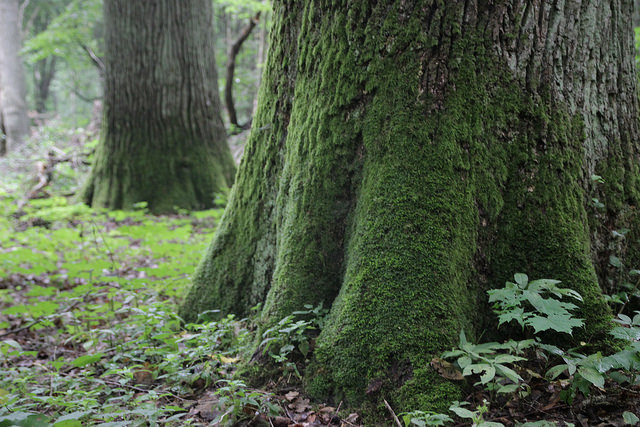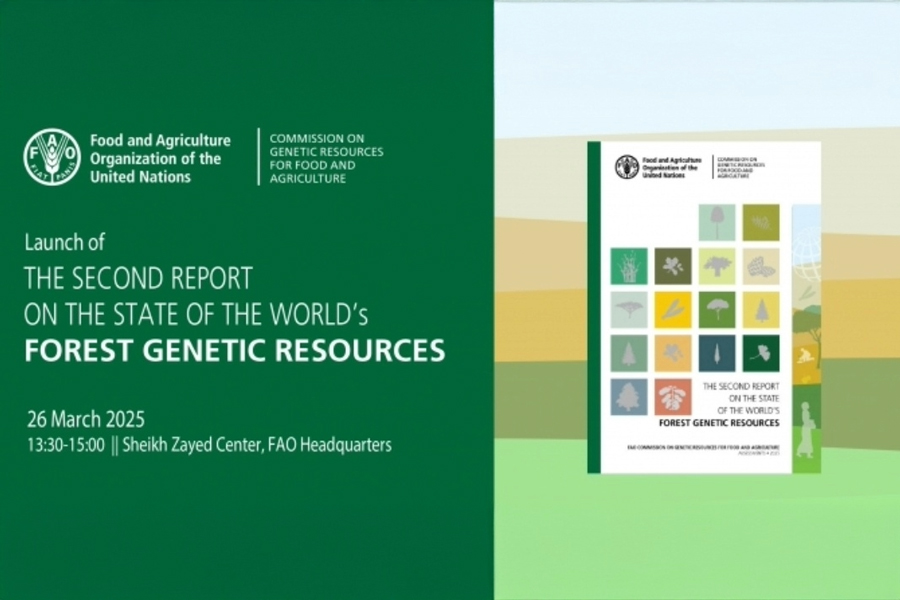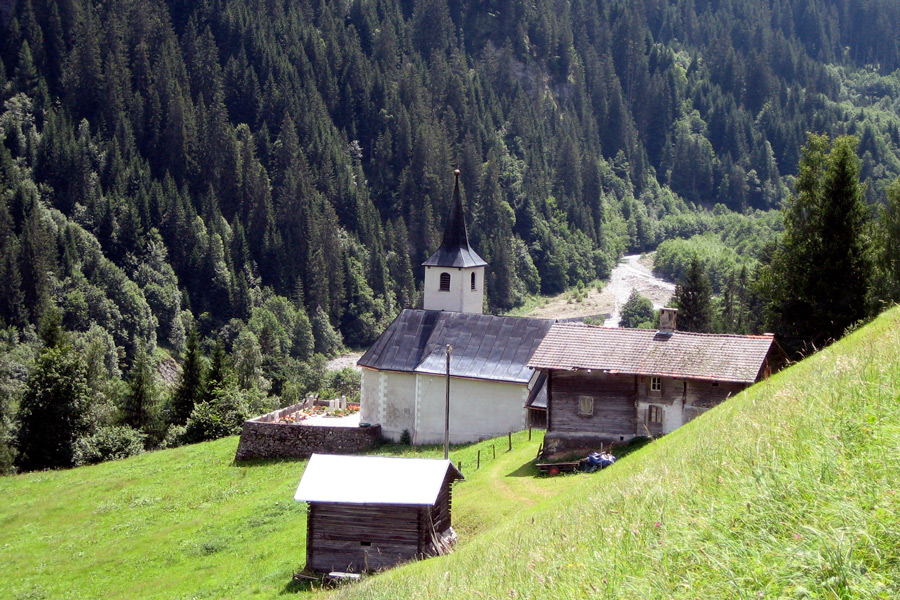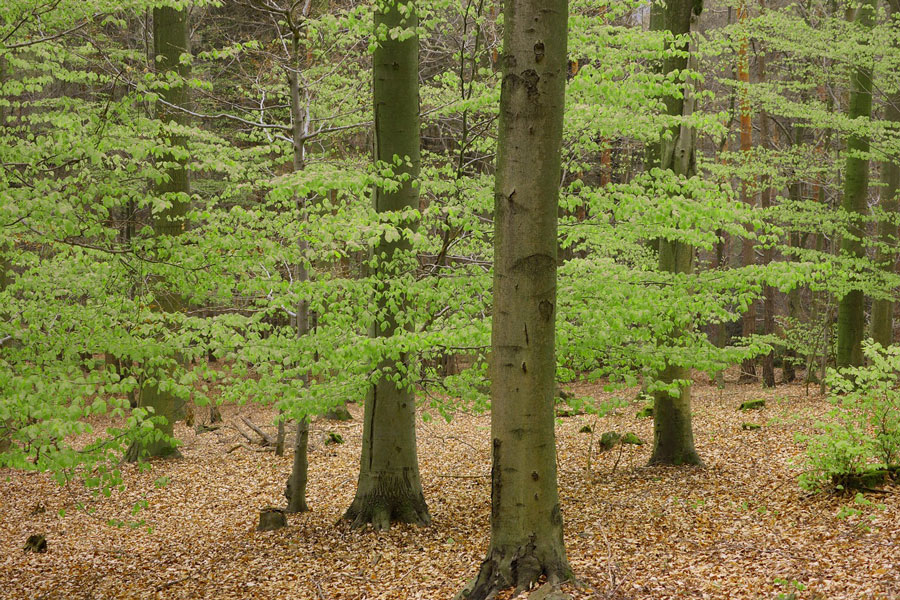Tree evolution and conservation - a review
Trees fascinate us and spark our imagination. They are the most visually dominant life form on the planet. They were also important in the development of conservation programmes because some of the first conservation initiatives involved woodland habitats. However, it is hard to come up with a clear definition to separate trees from herbaceous plants, and their conservation has to be undertaken with their unique biology in mind.
In his recent review article, Colin Kelleher gives a brief synopsis of the important evolutionary characteristics that mark trees from herbaceous plants and the current best practices in tree conservation.
Botanically speaking, trees are plants that have wood as a result of secondary thickening. So trees tend to be large, long-lived organisms. Their longevity means that they can encounter a large variability in environmental conditions in their lifetime. Some individual trees will grow for hundreds or even thousands of years and so will have to contend with climate change on that scale.
Current climate predictions that focus on 2050 and 2100 targets can thus seem like a very narrow window when compared to the life span of trees. Some trees grown from seed at the beginning of the industrial revolution will be middle-aged as they go through the current dramatic period of climate change.
Their longevity means that trees have adapted ways of dealing with short and medium term variation. At a seasonal level, species have adapted to frost and drought and there is also evidence of individual plasticity leading to changes in the timing of bud-burst to coincide with changes in spring temperatures.
The second part of Kelleher’s review deals with the conservation of tree species and populations, and highlights the work undertaken by groups associated with EUFORGEN and the policies and practical management approaches developed through the EUFORGEN network.
With such large, long-lived organisms, the only practical approach to conservation is in situ. The review includes examples of the in situ dynamic conservation approach from Europe, North America and Canada. The development of the EUFORGEN pan-European network of conservation sites (genetic conservation units) shows how cross-border action is needed and also how it can work.
“As large, long-lived organisms, a dynamic or close-to-nature in situ conservation approach, which facilitates evolution, is the most efficient option and best practice for tree conservation”, says Kelleher. “The longevity of trees is almost alien to a narrow anthropocentric view of life. Taking account of long generation times and the potential adaptive variation will be key to the future management of forest genetic resources”, he adds.
The review also highlights the need to continue the in-depth study of forest genetic resources, in particular to genetically characterise tree populations. Only a fraction of global tree species are characterised genetically and this needs to change in order to implement optimal conservation programmes.
“Approximately one percent of global tree species have been genetically characterised to some extent. Direct measurement or use of indicators and proxies is needed to get a more comprehensive indication of global forest genetic resources,” says Kelleher
The review can be found at:
Kelleher, C. T. (2018). Evolution and Conservation of Trees – A Review of Salient Issues. In Annual Plant Reviews online, J. A. Roberts (Ed.). doi:10.1002/9781119312994.apr0621










